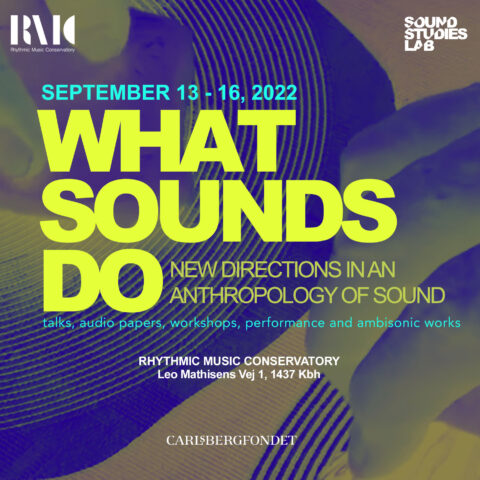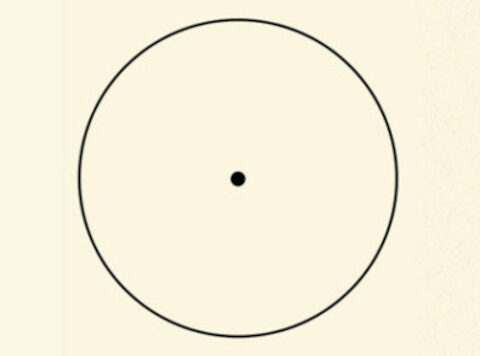When the fire stopped in Notre Dame’s, only the thoughts and words of many remained to argue around many things regarding the various layers you could expect from a situation like this. But what about the acoustics of the place? What could happen to it?
At first, many were alarmed, as professor Michael Scott Cuthbert, from MIT, in an article where he also highlights some interesting data about the musical and sonic significance of Notre Dame.
“For more than 100 years beginning in the late 12th century, some of the greatest advances in European music were entwined with the phases of construction of the cathedral. The first known pieces for three and four independent voices with rhythmic indications — the direct predecessors of all commonly sung Christian hymns and holiday carols, to say nothing of popular music today — were said to have been composed, as a 13th century author writes, for the use in “the great church of the Blessed Virgin in Paris.” (…) Two composers whose names survive, Master Leonin and Perotin the Great, rewrote the entire year’s liturgy to take advantage of Notre Dame’s resonant possibilities.”
But then, Braxton Boren, assistant professor at American University, gives an important reminder:
“Notre Dame’s complex acoustic response was meticulously measured in 2015 by a team led by Brian Katz at the Sorbonne University in Paris. These measurements were used to build a computer simulation of the space, which in turn was used to create one of the most sonically accurate virtual-reality simulations to date.”
From Katz paper:
“Notre-Dame de Paris is amongst the most well-known worship spaces in the world. Its large volume, in combination with a relatively bare stone construction and marble floor, leads to rather long reverberation times. Despite the notoriety of this space, there are few examples of published data on the acoustical parameters of this space, and these data are often not in agreement. Archived measurement recordings from 1987 were recovered and found to include several balloon bursts. In 2015, a measurement session was carried out which included similar source-receiver pairs using both balloon bursts and swept sine stimuli. Comparisons between results from these two sessions show a significant decrease in reverberation time in the modern state. This change is attributed to the addition of carpet in several areas of the cathedral. A geometrical acoustics model of the cathedral was constructed and calibrated from the 2015 measurements. The effect of carpeting was investigated through simulations. Comparison of the 2015 room impulse responses measured over the course of the 1-hour measurement session also indicated a potential slowly time-variant system. This was attributed to small temperature changes within the cathedral. Correction of this variance using a recently developed method allowed for the averaging of repeated measurements, providing the correct value for the reverberation time estimation, an improved signal-to-noise ratio, and a quantification of the temperature changes. This paper presents the results of these measurements, providing a modern documentation of the acoustical parameters of this historic worship space.”
Paper (PDF) available at Research Gate
On the possibility of the acoustics being rebuilt, there’s a lot in the process. “It will always be true that there are limitations to what sounds we can simulate for spaces in the past whose geometry or material composition is unknown,” Bower adds. For more information about Notre Dame’s Rebuilding, go here.





